Social and Economic
Determinants of Health
In 1999, Leon Eisenberg wrote an essay titled, “Does social medicine still matter in an era of molecular medicine?” Anticipating the scientific discussion that would accompany the complete mapping of the human genome, followed by hubristic predictions of an end to disease through the introduction of gene-based therapy, Eisenberg reminded his readers of the inherent social basis of disease causation. “The developments in molecular biology highlight the salience of the social environment and underscore the urgency to rectify inequity and injustice. All medicine is inescapably social,” he wrote.
The
concept of the SEDOH has become the current shorthand for describing health
approaches that move beyond biomedical and behavioral risk factor approaches to
health promotion. The
distribution of health and disease in human populations reflects where people
live; when in history they live; the air they breathe and the water they drink;
what and how much they eat; the energy they expend; the work they do; the
status they occupy in the social order and how they are socialized to respond
to and identify with or resist this status; who, when, and whether they marry;
whether they are socially isolated or rich in friends; the amount and kind of
medical care they receive; and whether they are stigmatized when sick or
receive care in the community.
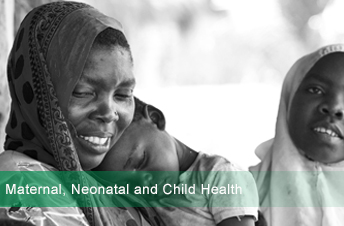
At A Glance
800 women die every day from complications related to pregnancy and childbirth.
Moreover, 6.6 million children under the age of five died in 2012 — more than 750 every hour. In the 21st
century, with sophisticated health care facilities, women and children
in low- and middle-income countries still succumb to common, preventable
and treatable causes of death. It's about time that every mother and
every child mattered. (Source: World Health Organisation)
|
16 new infectious diseases have been identified since 1994. At least five others have re-emerged.
As new infectious diseases emerge, old ones have also made a come-back in a far more lethal form. Infectious diseases put an extraordinary burden on health systems with both their frequency and severity. Health budgets to provide care run into billions of dollars for developed countries – numbers extremely difficult to match for struggling economies. Given the impact it has on health and economy, research in this area is popular and ever-evolving.
|
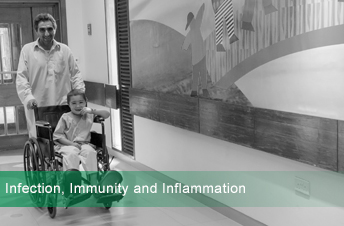
|
|
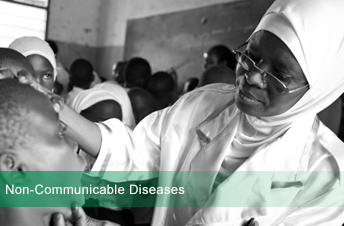
|
35 million deaths are caused by non-communicable diseases worldwide annually
Of this number, the largest burden – 80% (28 million) – occurs in low- to middle-income countries. According to the World Health Organisation, NCDs kill more people of working age in low- and middle-income countries than in high-income countries. It is projected that NCDs will push millions of people below the poverty line every year, with the highest absolute number of deaths in the Western Pacific and South-East Asia regions. Prevention indeed is better than cure or none at all.
|
|
200 million children fail to reach their maximum potential as adults
Childhood experiences are crucial in shaping lives. According to UNICEF, "Early Childhood Development is seen as one of the most cost efficient investments in human capital which leads to a country’s sustainable development...7.6 million children under the age of 5 worldwide die each year. More than 25 times that number survive, but do not reach their full potential. As a result, their countries have an estimated 20 per cent loss in adult productivity." Research in this area is far and few in between in developing countries. |

|
|
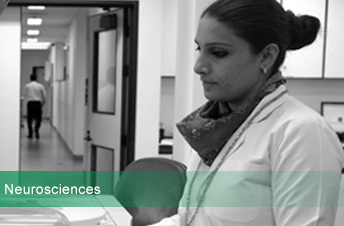
|
1860s: Broca's speech area identified.
2014: Researchers develop the first human-to-human wireless brain-to-brain interface.
While the basic brain functions have been extensively explored and defining discoveries made, the next generation of research in neurosciences is beyond physiological. Technology and innovations form a key feature of work with interdisciplinarity involving medicine, allied health sciences and engineering. Most of such work is completely new for researchers in the developing world. |
|
1957: First successful bone marrow transplant
A quarter of a century after this, the first embryonic stem cells were cultured from mice in 1981. Seventeen years later came the next breakthrough when researchers extracted and cultured human stem cells. Since then, aided by sophisticated techonology, plethora of research has taken place that has expanded the scope and potential of available therapies. In the coming decades, regenerative medicine will form the cornerstone of medicine as we know it.
|
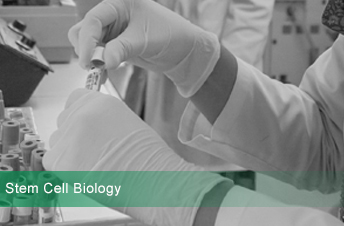
|

